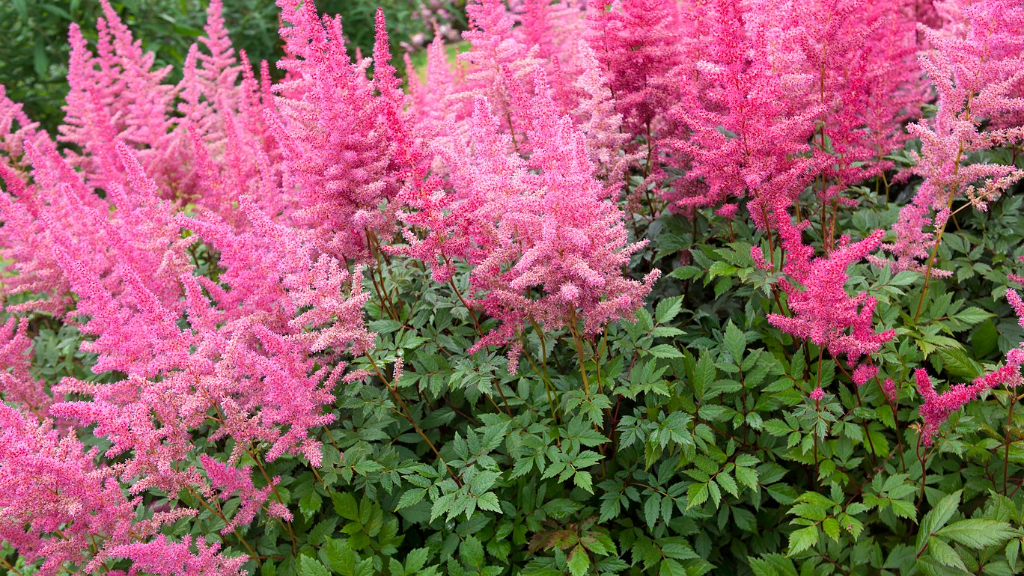Astilbe History - What Are The Origins Of Astilbe Flowers


They're popular in many gardens with their feather-like blooms, but what are the origins of astilbe flowers?
History of Astilbe Flowers
Grown as prized ornamentals in light shade, the origins of astilbe lead us back to Japan, who first distributed the blooming plants in the late 1800's. They shared the white flowering japonica species.
China then introduced the davidii species with pink blooms. Inspired by potential he saw in the plant, George Arends began to cross the species from his nursery in north Germany. There he experimented with ways to further dwarf the plant and add more spiky blooms.
The astilbe was then grown primarily to be forced into bloom indoors and as an interior plant. Arends started with his hybridization efforts in the early 1900's. Cultivars 'Queen Alexander' and the light-colored 'Peach Blossom' were his first two distributed cultivars and are still found for planting today.
As Arends produced new cultivars, color and vigor of the plants improved. Throughout the 1920's and 1930's, he continued to experiment. Many of these cultivars are available and grow in our shady gardens today. He developed them in a range of colors from purple to white, with lilac in between and broader spikes.
In 1933, Arends named and introduced 'Fanal' and it is still one of the most popular astilbe plants. It is a dwarf variety in habit with a deep red color. An Arendsii hybrid, it won the 1993 Royal Horticulture Society Award of Garden Merit and is readily available to gardeners still today.
The noted florist and gardener Victor Lemoine in Nancy, France also experimented with astilbe cultivars during this time. Unfortunately, much of his work was lost except for 'Mont Blanc,' a white flowering astilbe. He also developed the 'French Lilac' bush as we know it today.
Sign up for the Gardening Know How newsletter today and receive a free copy of our e-book "How to Grow Delicious Tomatoes".
The Ruys family at Dedemsvaart in Holland developed astilbe to grow outside in rich, consistently moist soil. Many of their hybrids needed constant moisture and did not survive the long term. Astilbe history will remember their taller and long-stalked cultivars 'Moerheim' and 'Ostrich Plume.'
Other outdoor cultivars were developed by growers in Holland, like 'Flamingo,' 'Ellie,' and the 'Visions,' which were introduced by the van Veen family. A new dimension to astilbe is those with golden, reddish foliage which include 'Diamonds and Pearls,' and 'Milk and Honey.' You may also find musically named astilbe such as 'Rock and Roll' and 'Jump and Jive.'
Today, astilbe offers a variety of plumy color and beauty to the shade garden. For the best blooms, plant them in a spot that gets an hour or two of morning or dappled sun. Add the tubers this spring for small summer blooms.

Becca Badgett was a regular contributor to Gardening Know How for ten years. Co-author of the book How to Grow an EMERGENCY Garden, Becca specializes in succulent and cactus gardening.